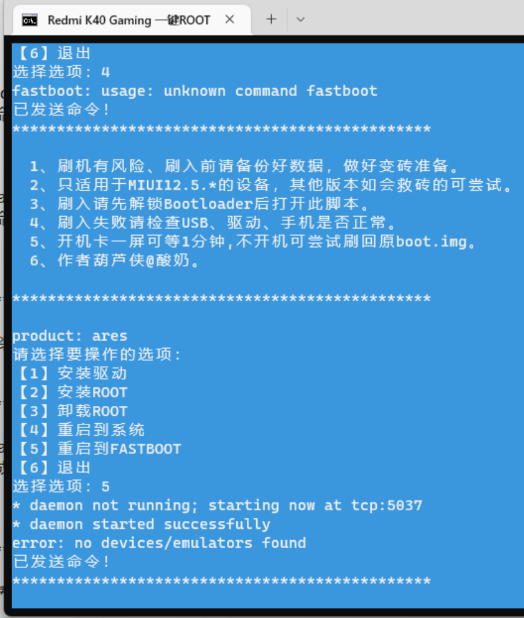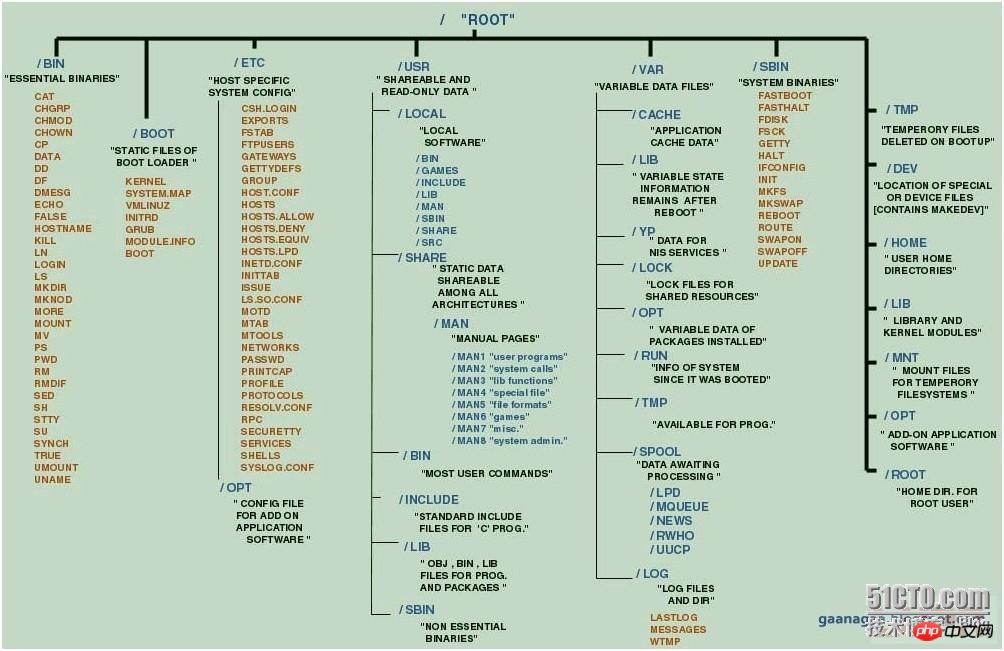在swoole中,信号量主要用来保护共享资源,使得资源在一个时刻只有一个进程;信号量的值为正的时候,说明所测试的线程可以锁定而使用,信号量的值若为0,则说明测试的线程要进入睡眠队列中,等待被唤醒。

本教程操作环境:Windows10系统、Swoole4版、DELL G3电脑
swoole中信号量的用法是什么
信号量的使用主要是用来保护共享资源,使得资源在一个时刻只有一个进程(线程)
所拥有。信号量的值为正的时候,说明它空闲。所测试的线程可以锁定而使用它。若为0,说明它被占用,测试的线程要进入睡眠队列中,等待被唤醒。
linux提供两种信号量:
(1) 内核信号量,由内核控制路径使用
(2) 用户态进程使用的信号量,这种信号量又分为POSIX信号量和SYSTEM
V信号量。
POSIX信号量又分为有名信号量和无名信号量。
有名信号量,其值保存在文件中, 所以它可以用于线程也可以用于进程间的同步。无名
信号量,其值保存在内存中。
内核信号量
内核信号量的构成
内核信号量类似于自旋锁,因为当锁关闭着时,它不允许内核控制路径继续进行。然而,
当内核控制路径试图获取内核信号量锁保护的忙资源时,相应的进程就被挂起。只有在资源被释放时,进程才再次变为可运行。
只有可以睡眠的函数才能获取内核信号量;中断处理程序和可延迟函数都不能使用内
核信号量。
内核信号量是Struct semaphore类型的对象,它在
#include <pthread.h> #include <semaphore.h> #include <sys> #include <stdio.h> #include <unistd.h> int number; // 被保护的全局变量 sem_t sem_id; void* thread_one_fun(void *arg) { sem_wait(&sem_id); printf("thread_one have the semaphoren"); number++; printf("number = %dn",number); sem_post(&sem_id); } void* thread_two_fun(void *arg) { sem_wait(&sem_id); printf("thread_two have the semaphore n"); number--; printf("number = %dn",number); sem_post(&sem_id); } int main(int argc,char *argv[]) { number = 1; pthread_t id1, id2; sem_init(&sem_id, 0, 1); pthread_create(&id1,NULL,thread_one_fun, NULL); pthread_create(&id2,NULL,thread_two_fun, NULL); pthread_join(id1,NULL); pthread_join(id2,NULL); printf("main,,,n"); return 0; }</unistd.h></stdio.h></sys></semaphore.h></pthread.h>
上面的例程,到底哪个线程先申请到信号量资源,这是随机的。如果想要某个特定的顺
序的话,可以用2个信号量来实现。例如下面的例程是线程1先执行完,然后线程2才继
续执行,直至结束。
int number; // 被保护的全局变量 sem_t sem_id1, sem_id2; void* thread_one_fun(void *arg) { sem_wait(&sem_id1); printf(“thread_one have the semaphoren”); number++; printf(“number = %dn”,number); sem_post(&sem_id2); } void* thread_two_fun(void *arg) { sem_wait(&sem_id2); printf(“thread_two have the semaphore n”); number–; printf(“number = %dn”,number); sem_post(&sem_id1); } int main(int argc,char *argv[]) { number = 1; pthread_t id1, id2; sem_init(&sem_id1, 0, 1); // 空闲的 sem_init(&sem_id2, 0, 0); // 忙的 pthread_create(&id1,NULL,thread_one_fun, NULL); pthread_create(&id2,NULL,thread_two_fun, NULL); pthread_join(id1,NULL); pthread_join(id2,NULL); printf(“main,,,n”); return 0; }
(b)无名信号量在相关进程间的同步
说是相关进程,是因为本程序中共有2个进程,其中一个是另外一个的子进程(由
fork
产生)的。
本来对于fork来说,子进程只继承了父进程的代码副本,mutex理应在父子进程
中是相互独立的两个变量,但由于在初始化mutex的时候,由pshared = 1指
定了mutex处于共享内存区域,所以此时mutex变成了父子进程共享的一个变
量。此时,mutex就可以用来同步相关进程了。
#include <semaphore.h> #include <stdio.h> #include <errno.h> #include <stdlib.h> #include <unistd.h> #include <sys> #include <sys> #include <fcntl.h> #include <sys> int main(int argc, char **argv) { int fd, i,count=0,nloop=10,zero=0,*ptr; sem_t mutex; //open a file and map it into memory fd = open("log.txt",O_RDWR|O_CREAT,S_IRWXU); write(fd,&zero,sizeof(int)); ptr = mmap( NULL,sizeof(int),PROT_READ | PROT_WRITE,MAP_SHARED,fd,0 ); close(fd); /* create, initialize semaphore */ if( sem_init(&mutex,1,1) <p><strong>2.有名信号量</strong></p> <p>有名信号量的特点是把信号量的值保存在文件中。</p> <p>这决定了它的用途非常广:既可以用于线程,也可以用于相关进程间,甚至是不相关</p> <p>进程。</p> <p>(a)有名信号量能在进程间共享的原因</p> <p>由于有名信号量的值是保存在文件中的,所以对于相关进程来说,子进程是继承了父</p> <p>进程的文件描述符,那么子进程所继承的文件描述符所指向的文件是和父进程一样的,当</p> <p>然文件里面保存的有名信号量值就共享了。</p> <p>(b)有名信号量相关函数说明</p> <p>有名信号量在使用的时候,和无名信号量共享sem_wait和sem_post函数。</p> <p>区别是有名信号量使用sem_open代替sem_init,另外在结束的时候要像关闭文件</p> <p>一样去关闭这个有名信号量。</p> <p>(1)打开一个已存在的有名信号量,或创建并初始化一个有名信号量。一个单一的调用就完</p> <p>成了信号量的创建、初始化和权限的设置。</p> <p>sem_t *sem_open(const char *name, int oflag, mode_t mode , int value);</p> <p>name是文件的路径名;</p> <p>Oflag 有O_CREAT或O_CREAT|EXCL两个取值;</p> <p>mode_t控制新的信号量的访问权限;</p> <p>Value指定信号量的初始化值。</p> <p>注意:</p> <p>这里的name不能写成/tmp/aaa.sem这样的格式,因为在linux下,sem都是创建</p> <p>在/dev/shm目录下。你可以将name写成“/mysem”或“mysem”,创建出来的文件都</p> <p>是“/dev/shm/sem.mysem”,千万不要写路径。也千万不要写“/tmp/mysem”之类的。</p> <p>当oflag = O_CREAT时,若name指定的信号量不存在时,则会创建一个,而且后</p> <p>面的mode和value参数必须有效。若name指定的信号量已存在,则直接打开该信号量,</p> <p>同时忽略mode和value参数。</p> <p>当oflag = O_CREAT|O_EXCL时,若name指定的信号量已存在,该函数会直接返</p> <p>回Error。</p> <p>(2) 一旦你使用了信号量,销毁它们就变得很重要。</p> <p>在做这个之前,要确定所有对这个有名信号量的引用都已经通过sem_close()函数</p> <p>关闭了,然后只需在退出或是退出处理函数中调用sem_unlink()去删除系统中的信号量,</p> <p>注意如果有任何的处理器或是线程引用这个信号量,sem_unlink()函数不会起到任何的作</p> <p>用。</p> <p>也就是说,必须是最后一个使用该信号量的进程来执行sem_unlick才有效。因为每个</p> <p>信号灯有一个引用计数器记录当前的打开次数,sem_unlink必须等待这个数为0时才能把</p> <p>name所指的信号灯从文件系统中删除。也就是要等待最后一个sem_close发生。</p> <p>(c)有名信号量在无相关进程间的同步</p> <p>前面已经说过,有名信号量是位于共享内存区的,那么它要保护的资源也必须是位于</p> <p>共享内存区,只有这样才能被无相关的进程所共享。</p> <p>在下面这个例子中,服务进程和客户进程都使用shmget和shmat来获取得一块共享内</p> <p>存资源。然后利用有名信号量来对这块共享内存资源进行互斥保护。</p> <pre class="brush:php;toolbar:false">File1: server.c #include <sys> #include <sys> #include <sys> #include <stdio.h> #include <semaphore.h> #include <sys> #include <sys> #include <fcntl.h> #define SHMSZ 27 char SEM_NAME[]= "vik"; int main() { char ch; int shmid; key_t key; char *shm,*s; sem_t *mutex; //name the shared memory segment key = 1000; //create & initialize semaphore mutex = sem_open(SEM_NAME,O_CREAT,0644,1); if(mutex == SEM_FAILED) { perror("unable to create semaphore"); sem_unlink(SEM_NAME); exit(-1); } //create the shared memory segment with this key shmid = shmget(key,SHMSZ,IPC_CREAT|0666); if(shmidFile 2: client.c #include <sys> #include <sys> #include <sys> #include <stdio.h> #include <semaphore.h> #include <sys> #include <sys> #include <fcntl.h> #define SHMSZ 27 char SEM_NAME[]= "vik"; int main() { char ch; int shmid; key_t key; char *shm,*s; sem_t *mutex; //name the shared memory segment key = 1000; //create & initialize existing semaphore mutex = sem_open(SEM_NAME,0,0644,0); if(mutex == SEM_FAILED) { perror("reader:unable to execute semaphore"); sem_close(mutex); exit(-1); } //create the shared memory segment with this key shmid = shmget(key,SHMSZ,0666); if(shmid<p>SYSTEM V信号量</p> <p>这是信号量值的集合,而不是单个信号量。相关的信号量操作函数由</p> <pre class="brush:php;toolbar:false">#include <sys> #include <sys> #include <sys> #include <stdio.h> static int nsems; static int semflg; static int semid; int errno=0; union semun { int val; struct semid_ds *buf; unsigned short *array; }arg; int main() { struct sembuf sops[2]; //要用到两个信号量,所以要定义两个操作数组 int rslt; unsigned short argarray[80]; arg.array = argarray; semid = semget(IPC_PRIVATE, 2, 0666); if(semid <p>推荐学习: <a href="https://www.php.cn/swoole/" target="_blank">swoole教程</a></p></stdio.h></sys></sys></sys>


















